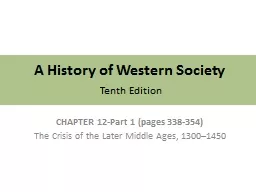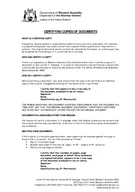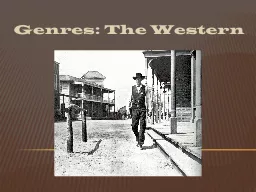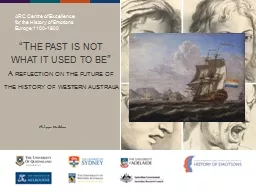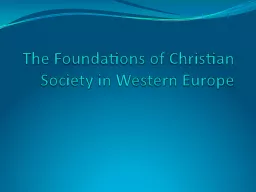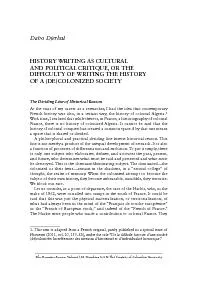PPT-A History of Western Society
Author : yoshiko-marsland | Published Date : 2018-10-20
Tenth Edition CHAPTER 12Part 1 pages 338354 The Crisis of the Later Middle Ages 13001450 I Prelude to Disaster A Climate Change and Famine 1The Little Ice Age
Presentation Embed Code
Download Presentation
Download Presentation The PPT/PDF document "A History of Western Society" is the property of its rightful owner. Permission is granted to download and print the materials on this website for personal, non-commercial use only, and to display it on your personal computer provided you do not modify the materials and that you retain all copyright notices contained in the materials. By downloading content from our website, you accept the terms of this agreement.
A History of Western Society: Transcript
Download Rules Of Document
"A History of Western Society"The content belongs to its owner. You may download and print it for personal use, without modification, and keep all copyright notices. By downloading, you agree to these terms.
Related Documents

